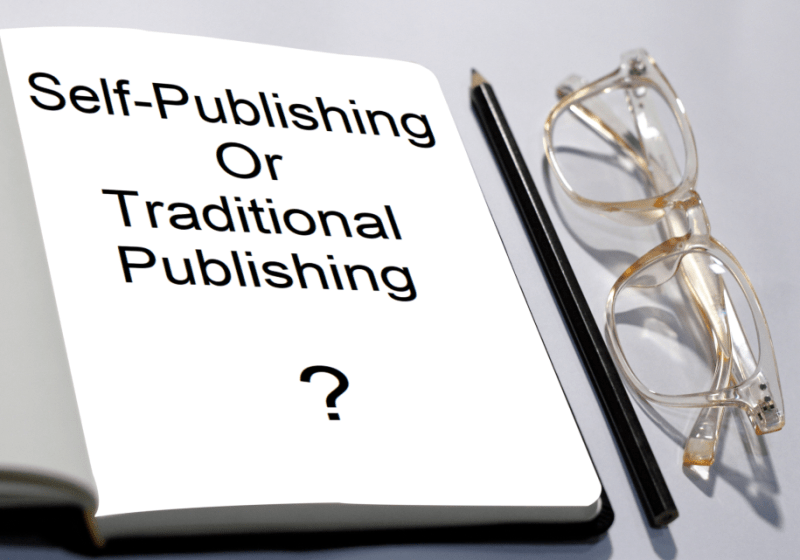Within the sphere of book development and promotion, a crucial decision looms for both the aspiring and the established authors: the choice between self-publishing and traditional, or mainstream, publishing. It’s apparent that many writers are grappling with the question of which route is best suited for their manuscripts. Understanding the keen interest in this topic; we, Pressman House Publishing, are compelled to provide a thorough exploration of both self-publishing and mainstream publishing, serving as a comprehensive guide to empower authors in making an informed and strategic choice. Let’s delve into the intricacies of each option:
Self-Publishing Pros:
- Total Autonomy: Self-publishing offers unparalleled control over your content and the timing of your book’s release. You dictate every aspect of your creative vision.
- Financial Rewards: Enjoy a larger share of the profits generated by your book sales.
- Bypass Proposals: Sidestep the need to create a detailed book proposal. This liberates you from the structured requirements of a traditional publishing submission.
- Platform Independence: Forge ahead without the prerequisite of a pre-established platform. Self-publishing allows you to build your audience organically.
Self-Publishing Cons:
- No Upfront Advance: Unlike traditional publishing, self-publishing does not provide an upfront financial advance. Authors must rely on book sales for income.
- Financial Responsibility: Take on the financial burden of publication costs, including editing, cover design, and marketing. Initial investment is often required.
- Solo Promotion: Undertake the sole responsibility of promoting your work. Building visibility and readership falls entirely on your shoulders.
- Credibility Challenges: Face potential challenges in gaining recognition from esteemed media and reputable venues. Self-published works may encounter scepticism.

Traditional Publishing Pros:
- Potential Advances: Traditional publishing offers the potential for a financial advance, especially if you have a strong platform or a compelling manuscript.
- Professionalism Guaranteed: Entrust the publishing process to a seasoned company, ensuring a polished final product. Professionally curated books often command greater credibility.
- Promotional Assistance: Benefit from promotional support provided by the publishing house. This can include media outreach, book tours, and marketing campaigns.
- Credibility Amplification: Attain heightened authorial credibility through the association with an established publishing house, fostering trust and interest.
Traditional Publishing Cons:
- Time-Intensive Journey: Brace for a lengthier process from manuscript submission to actual publication. Traditional publishing timelines can be protracted.
- Editorial Hurdles: Navigate potential disagreements with editors on content edits. Maintaining artistic integrity may require compromise.
- Promotion Limitations: Experience restricted promotional backing, especially if you lack high-profile status. Authors may need to invest personal efforts in marketing.
- Standardized Press Releases: Receive generic press releases that may not cater to specific media outlets. Tailoring promotional materials can be limited.
- Platform Prerequisite: Traditional publishing often necessitates a robust existing platform for consideration. A significant following may be a prerequisite.
Navigating the Decision:
- Debating the Options: The self-publishing vs. traditional publishing debate is nuanced, and the decision hinges on your unique goals, timeline, and current platform.
- Launching the Conversation: Initiate the conversation about your manuscript’s destiny. Is it destined for independent release to cultivate your platform, or is it a strategic investment to leverage for future mainstream publishing endeavors?
In conclusion, the journey of publishing is as diverse as the manuscripts themselves. By comprehensively weighing the pros and cons of each path, authors can make a deliberate and well-informed decision that aligns with their artistic vision and career aspirations.
For more insights on navigating the self-publishing vs. traditional publishing dilemma, check out this comprehensive guide: Self Publishing vs. Traditional Publishing: Making the Right Choice for Your Manuscript.

